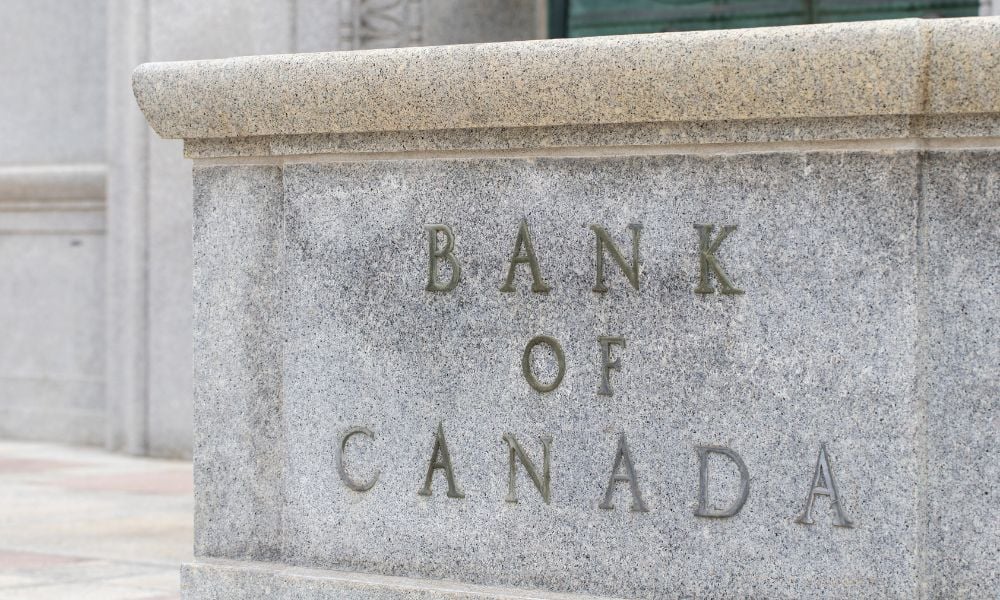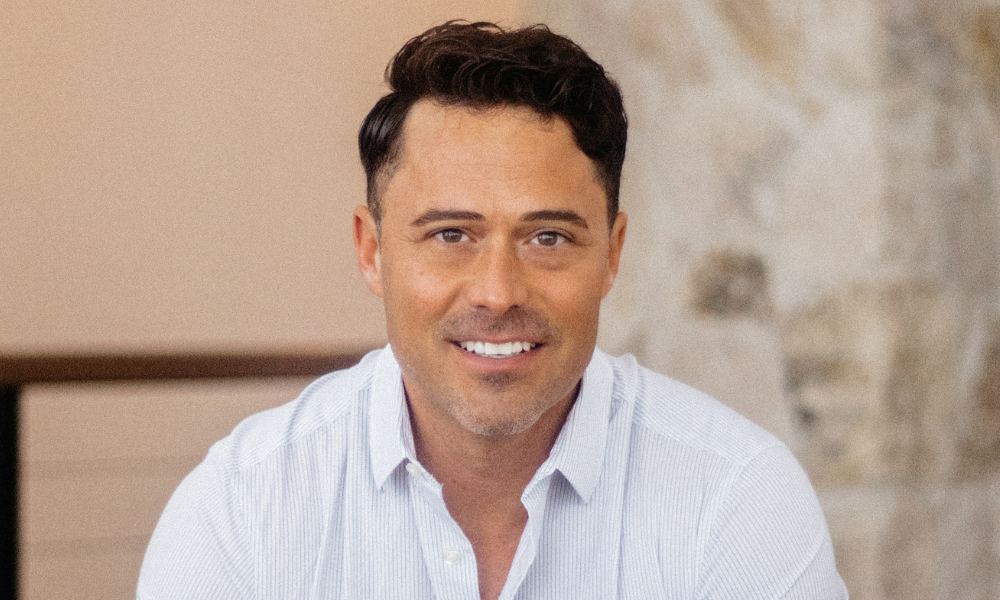New research points to role as alternative source of cash flow and protection against short-term market volatility

While financial products that let Canadians take out loans against their homes have a bad rap with some, a new study suggests that reverse mortgages can play a vital role in helping people deal with retirement-planning risks.
Published in the Journal of Financial Planning, the research titled To Reduce the Risk of Retirement Portfolio Exhaustion: Include Home Equity as a Non-Correlated Asset in the Portfolio was conducted by Finance of America Reverse (FAR), a retirement solutions company based in the U.S.
“When it comes to reducing investment risks, this study is perhaps one of the most significant findings since the prevailing Modern Portfolio Theory (MPT) was introduced in 1952,” said Phil Walker, vice president of Strategic Partnerships and Retirement Strategies at FAR, who co-authored the study with Drs. Barry and Stephen Sacks.
While short-term market volatility can be a challenge for many investors, it represents a particularly acute risk for retirees. Because they have little opportunity to recoup losses after a down-market year, they face very real consequences in terms of their available income and quality of life.
But according to the study, American retirees who are able to tap reverse mortgages during down years can potentially reduce their exposure to market volatility by nearly 10 times, and substantially increase their net worth over the course of a 30-year retirement. The proponents of the study also found retirement strategies that rely on reverse mortgages as an alternative cash flow source are most beneficial for mass affluent Americans, who are generally defined as having investable assets of US$100,000 to US$1.5 million.
“So many retirees worry that their investments won’t be able to support their lifestyles or last the length of their retirement journeys, and those who draw from their portfolios when markets are depressed are at a permanent disadvantage that they’ll never recoup,” Walker said. “Including a reverse mortgage through a Coordinated Withdrawal Strategy solves for this by lowering retirees’ risk of running out of money and substantially increasing their gains over time.”
Over the past 20 months, property values have skyrocketed across Canada, which has led to a wider embrace of reverse mortgages. The adoption of those products has been so robust that in September, the Ontario Teachers’ Pension Plan Board announced plans to acquire HomeEquity Bank, which is the leading issuer of reverse mortgage solutions in Canada’s banking space.
Aside from being the easiest source of alternative income for a majority of mass affluent retirees to tap, FAR said reverse mortgages are likely to be the most-cost effective as the proceeds are not taxable.
“This momentous research supports what many in the industry have long believed and evangelized—home equity can and should be considered as part of a balanced, well-rounded retirement plan,” said FAR President Kristen Sieffert. “It also builds upon our efforts to produce more research and educational materials that explain the benefits of using home equity to supplement a retirement plan.”



